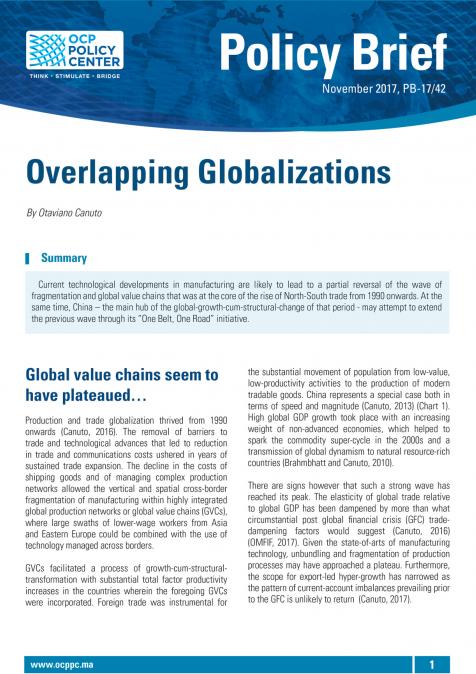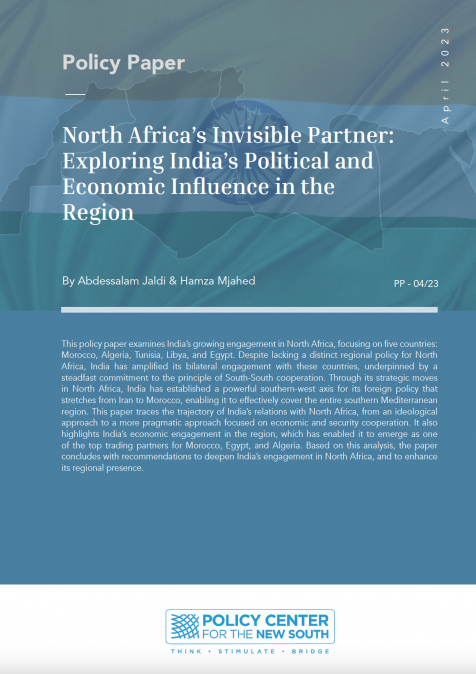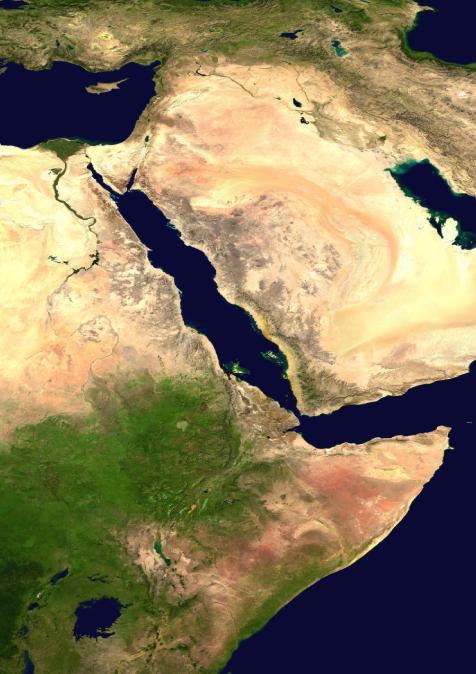Publications /
Policy Brief
Policy Brief
Overlapping Globalizations
November 27, 2017
Current technological developments in manufacturing are likely to lead to a partial reversal of the wave of fragmentation and global value chains that was at the core of the rise of North-South trade from 1990 onwards. At the same time, China – the main hub of the global-growth-cum-structural-change of that period - may attempt to extend the previous wave through its “One Belt, One Road” initiative.





